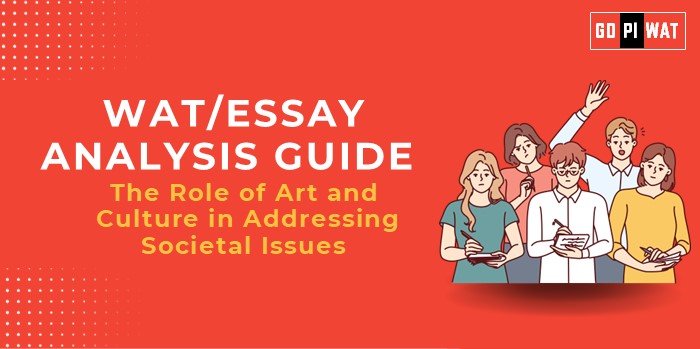🎨 The Role of Art and Culture in Addressing Societal Issues
🌐 Introduction
Opening Context: Art and culture transcend barriers of language and geography, offering unique tools to address pressing societal challenges. From murals advocating climate action to music fostering mental health awareness, creative expressions inspire collective change.
Topic Background: Throughout history, art and culture have mirrored societal values and acted as catalysts for reform. In today’s world, their role in raising awareness, bridging divides, and fostering resilience is more critical than ever.
📊 Achievements
- 🖼️ Increased Social Awareness: The Black Lives Matter murals globally spotlight systemic racism, sparking conversations and policy changes.
- 🎭 Economic Growth: Cultural tourism boosts local economies, as seen in Rajasthan’s cultural festivals attracting international visitors.
- 🎶 Mental Health Initiatives: Music and theater programs have been effective in trauma recovery and therapy for marginalized communities.
🚧 Challenges
- 📉 Access Disparities: Rural areas often lack infrastructure and platforms for artistic expression compared to urban centers.
- ⚠️ Political Resistance: Censorship and authoritarian control restrict artistic freedom, diluting its societal impact.
- 💸 Funding Gaps: Public funding for cultural projects is often deprioritized in favor of other economic goals.
🌟 Future Outlook
- 🤖 Integration of Technology: AI-generated art and digital platforms democratize access to cultural experiences.
- 🌏 Cross-Cultural Collaborations: Joint art projects between nations can promote global solidarity and understanding.
- 📚 Education Initiatives: Embedding arts into formal education can nurture empathy and critical thinking in younger generations.
⚖️ Concluding Effectively
Balanced Perspective: “While art alone cannot resolve systemic challenges, its ability to inspire action and foster dialogue makes it an indispensable tool for addressing societal issues.”
Global Comparison: “As countries like Sweden integrate art into public policy, other nations must explore similar avenues to harness its transformative potential.”
✨ Recommendations for Sustainable Progress
- 🤝 Public-Private Partnerships: Fund cultural initiatives to promote wider impact.
- 📖 Education Integration: Incorporate arts and culture into curricula to instill social awareness in students.
- 📱 Leverage Digital Platforms: Use online tools to democratize access to cultural content, reaching rural and underserved areas.
✍️ Sample Short Essays
- Balanced Perspective: “Art serves as society’s conscience, highlighting issues while fostering healing and unity. However, without institutional support, its potential remains limited.”
- Solution-Oriented: “By integrating art into education and policy, societies can harness its transformative power to address inequality, mental health, and environmental challenges.”
- Global Comparison: “Learning from Sweden and Japan, nations can amplify art’s societal impact by embedding it into urban planning and policymaking.”


